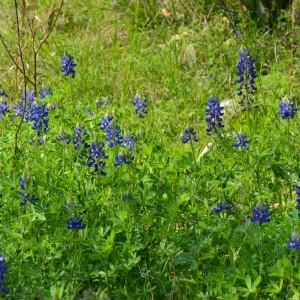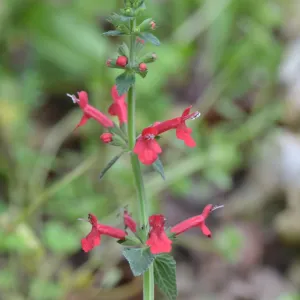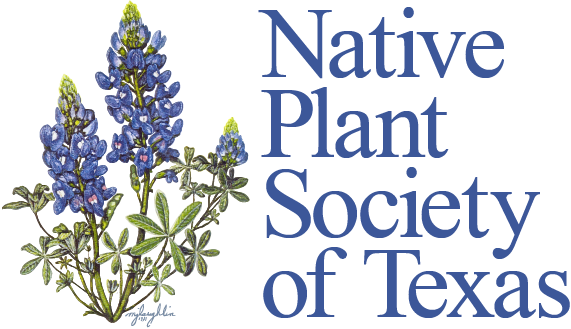Mostly by Bill Ward With Some Additions by Delmar Cain, Boerne Chapter, Native Plant Society of Texas
It seems to me that we have been having spring since January. When the air conditioning is running that early in the year, I cannot help thinking that there is trouble brewing down the road.

But with a bit of cooler temperatures, a half-inch of rain and the oak trees putting out new leaves, many of us begin to think of planting a few new bloomers or vines in the yard.
So, if you are looking for something new to plant or replacing something that failed to thrive, what better place to look than the Mostly Native Plant Sale, sponsored by the Cibolo Nature Center on April 2, 2016 at the Kendall County Fairgrounds.
The Boerne Chapter of the Native Plant Society of Texas (NPSOT) as well as many local growers will be there with native plants for this area. To aid you in being a more informed shopper check the Boerne NPSOT website for plants that have been recommended in the past and for current activities including the native plant photo contests for local students. That website can be accessed at: http://www.npsot.org/wp/boerne/
The recommended Plant of the Month for March is Texas betony. It was also the recommended Plant of the Month for May, 2005, when Bill Ward chronicled it in his column of April, 2005, titled “Texas Betony is NICE! All Summer Long”. If it was good enough for Bill then, I think that it is good enough for us today. With a few additions and deletions for the sake of clarity and to include an updated group of merchants, the article is as Bill wrote it.

“Operation NICE! plant for March is Texas betony (Stachys coccinea), which also might be called Texas tough. In my yard it survives dry periods, poor soil, deer browsing, and general neglect. At the moment, its scarlet-red blooms look good among the bluebonnets in our front yard.
This native of Trans Pecos Texas and farther west does well in Hill Country gardens and is a perfect candidate for NICE! (Natives Instead of the Common Exotics!) Plant of the Month. Texas betony requires little water after it is established, does not need fertilizer, has a long bloom period, and is deer resistant.
Texas betony is a member of the mint family, as its distinctly square stems suggest. Its elongate red flowers are similar to those of the locally native cedar sage (Salvia roemeriana), another member of the mint family. The deltoid leaves and erect to reclining branches of Texas betony remind me of our other local red salvia, tropical sage (Salvia coccinea). This similarity with salvias is reflected in the common name “scarlet sage,” used for Stachys coccinea in some books.
Texas betony can grow one to three feet high, but it tends to sprawl. It is used as a border plant in both sunny and shady gardens. Landscaper Dave Barrett says that Texas betony is one of his favorite plants for native gardens, because it grows well in this area, is not browsed by deer, and blooms from March to October. Rebecca Yoder found that Texas betony is an excellent pot plant.
Some people like to use Texas betony as a flowering ground cover, and it also is becoming a favorite for hummingbird and butterfly gardens.
Jill Nokes (“How to Grow Native Plants of Texas and the Southwest”) recommends Texas betony as companion plants for American beauty-berry and Indian currant.
A couple of years ago when we introduced Texas betony to our yard, the deer kept nibbling at the little plants fresh from the nursery. The betony somehow managed to survive, and by the next spring the pungent odor of the leaves on the established plants apparently warded off any deer that came to browse. (Sorry to disagree Bill, but the deer at my house stopped when the fence went up.)
The Boerne Chapter of the Native Plant Society of Texas provides free planting and care instructions for Texas betony on its website. Boerne nurseries participating in Operation NICE! are Hill Country African Violets and Nursery Maldonado Nursery and Landscape.
Other nurseries participating in NICE! are Medina Garden Nursery in Medina and South Texas
Growers in Bulverde.
Writing about this versatile and long-flowering plant has reminded me that I need to get more Texas betony for our yard. Luckily, it usually is available at local nurseries.”
